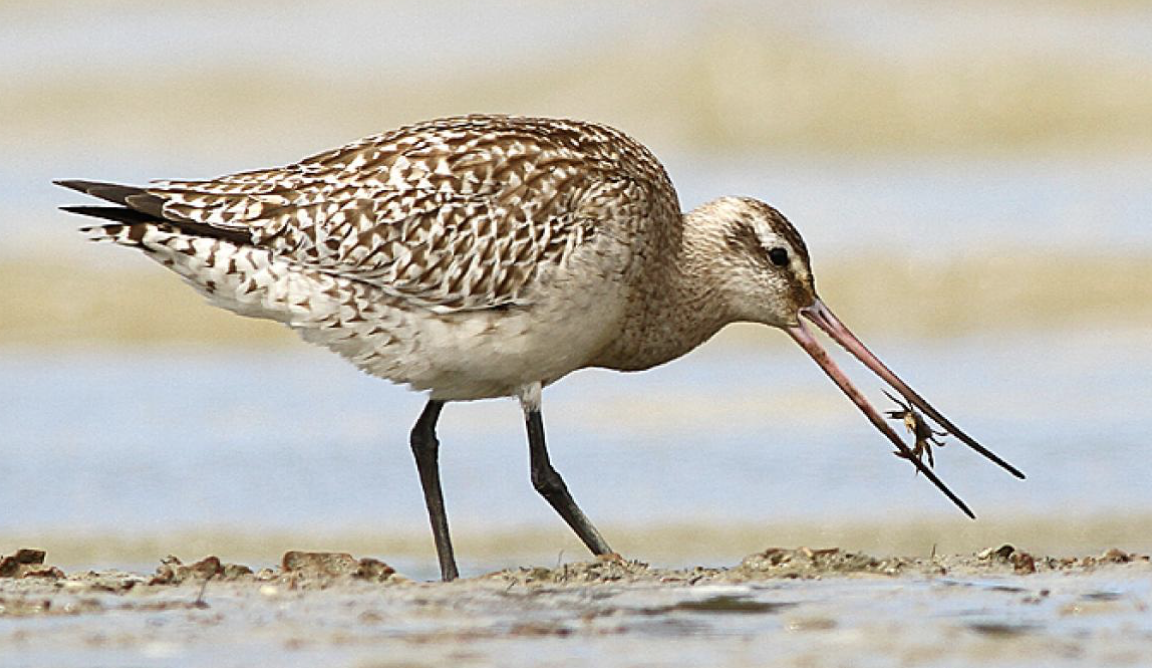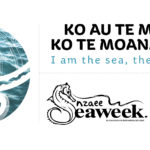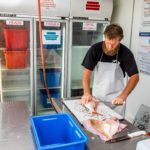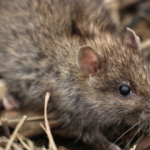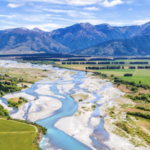The Government made its intention clear with the announcement to protect a flight path of a species of native birds who frequent the Thames coast before flying to the Arctic.
The announcement, which was made by Prime Minister Jacinda Ardern and Conservation Minister Eugenie Sage, signals that the Yellow Sea is now classified as a World Heritage site.
The Red Knots and Godwits fly from the Firth of Thames to their breeding ground every year which is a 12,000km journey.
Red knots breed in Siberia, while the godwits breed in Alaska. Both the red knots and godwits land at wetlands in China to refuel, before flying on to their breeding sites.
However, due to the mudflats around the Yellow Sea being destroyed by development, there has been a decline in shorebirds numbers.
“This recognises the importance of retaining mudflats,” Sage said.
“We’ve seen the loss of about two thirds of mudflats in that area, but now China is committing to their protection.
“It’s really great news for godwits and knots and it makes their journey a bit safer.”
The specific sites the birds use will be part of a Yellow Sea World Heritage proposal to be developed by China with support from other partners in the East Asian-Australasian Flyway Partnership.
The East Asian-Australasian Flyway for migratory birds extends from Awarua Bay in the south of New Zealand and crosses China on its way to the North Slope in Alaska.
“Equally important is the work being done on this side of the Pacific. The recent acquisition of the Robert Findlay Reserve at Miranda was a significant local contribution to the conservation of migratory shorebird habitat in New Zealand,” Sage said.
Prime Minister Jacinda Ardern said New Zealand was part of an international community that had a duty of care, and also commended the work done by volunteers and supporters of the Pukorokoro Miranda Shorebird Centre.
“You are creating an environment where the next generation will feel motivated to continue the conservation work that you’re doing, not just here but globally.
“You have my word that when I get the opportunity, I am happy to continue the diplomacy you’ve been undertaking.
“If it’s not to advocate for our people but to also act as guardians and demonstrate kaitiakitanga to the birdlife that call New Zealand part of their migratory routes.”
Centre manager Keith Woodley said the profile of the country’s shorebirds needed to be raised and likened their voyage to humans doubling their weight and running a marathon.
“That’s essentially what these birds are doing,” he said.
“They double their weight and they go on this huge endurance flight. Of course, we couldn’t do it, but they are superbly equipped and adapted to doing it.”


